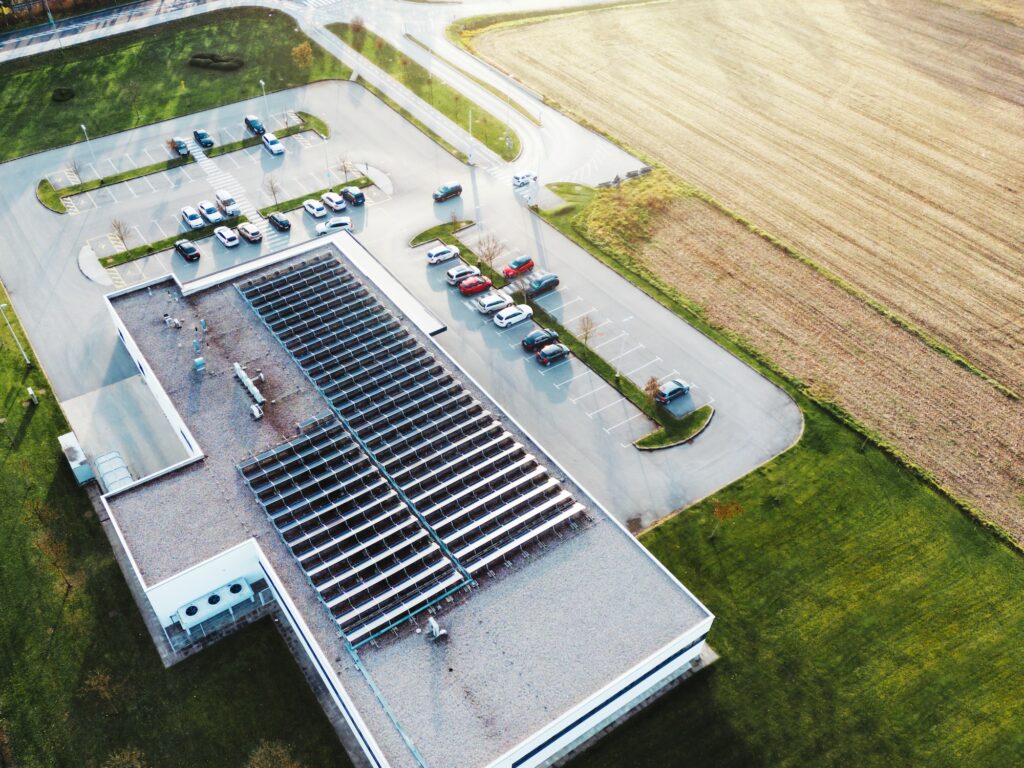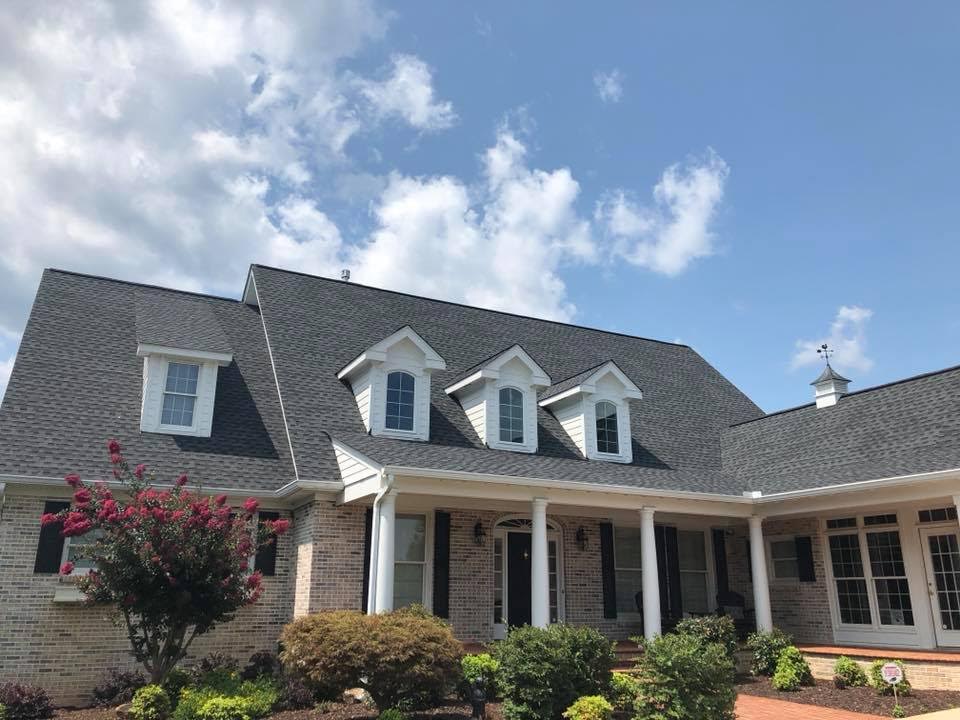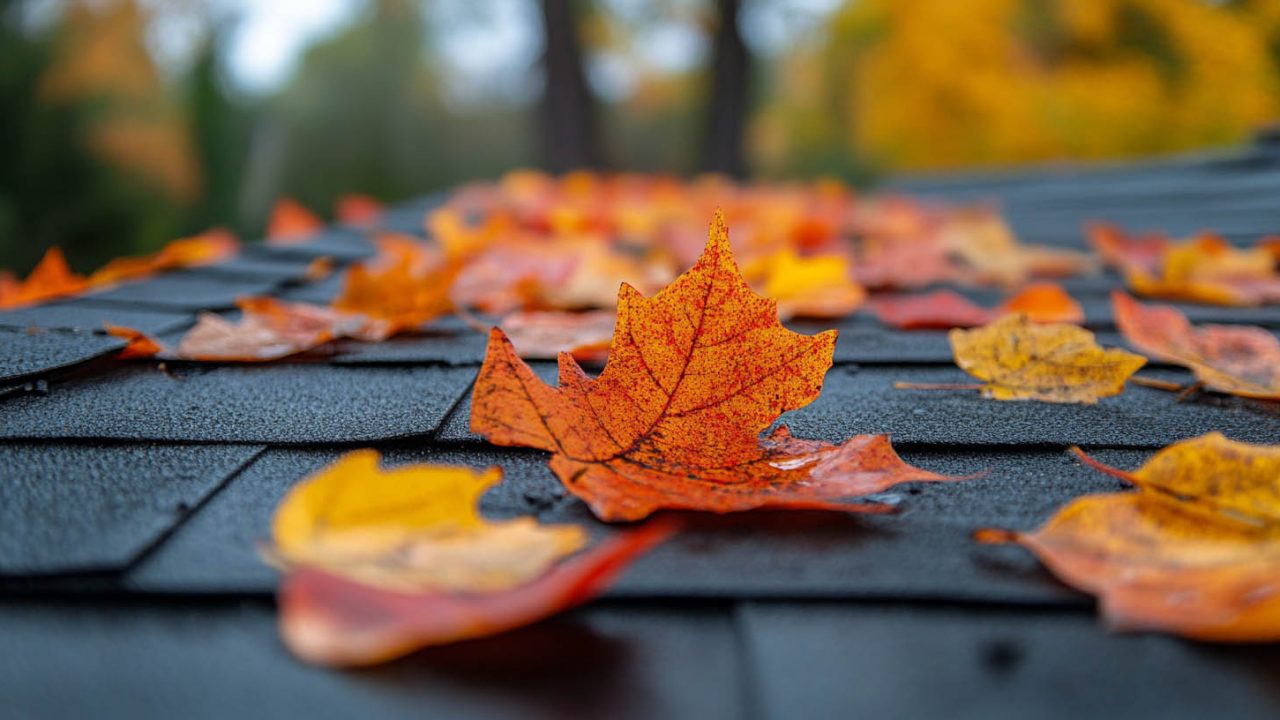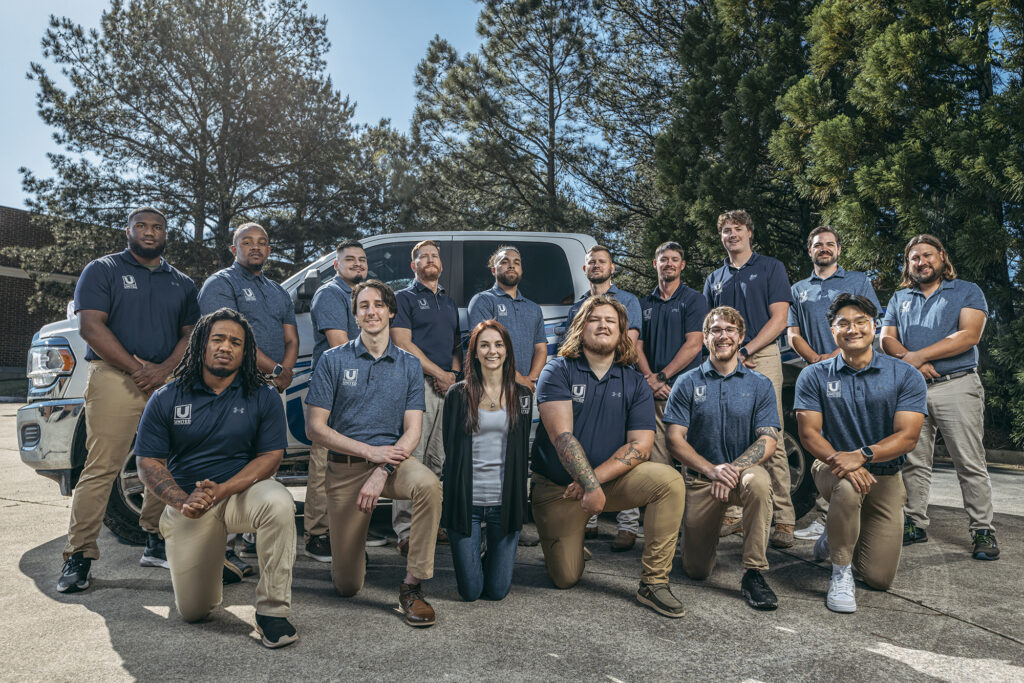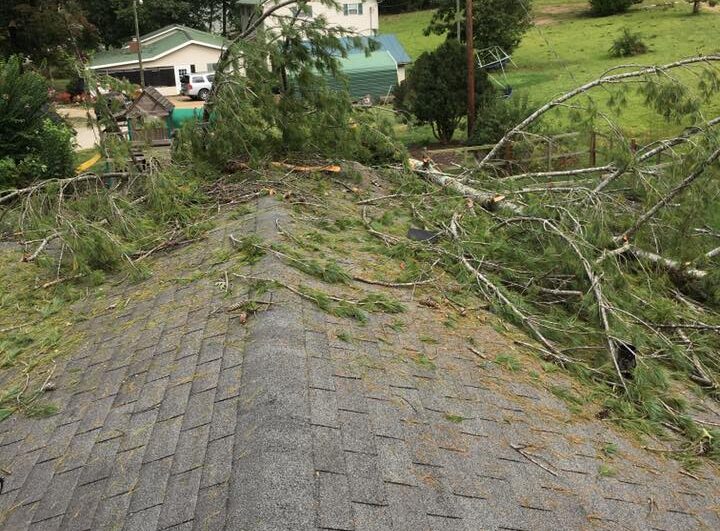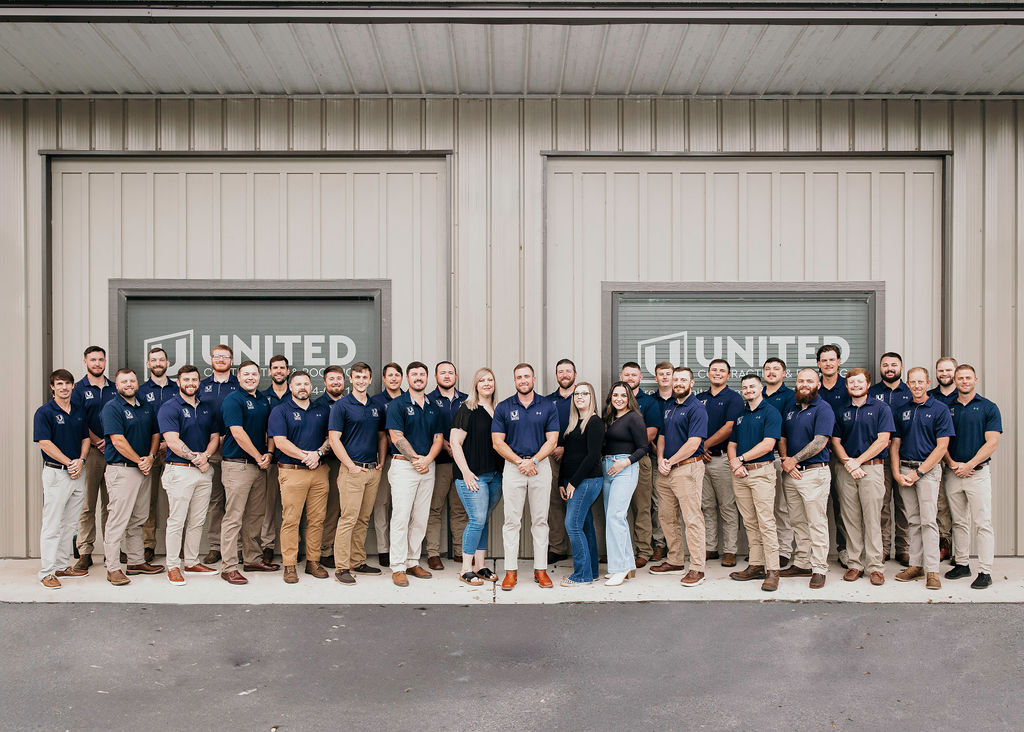As autumn sets in, the beauty of falling leaves can turn into a roofing nightmare. At United Contracting & Roofing LLC, we emphasize the importance of addressing fall debris to maintain the integrity of your roofing system.
The Dangers of Fall Debris
Fallen leaves and natural debris can have several detrimental effects on your roof. Here are some of the primary risks:
Damaged Roof Membranes:
- Twigs and branches with sharp edges can puncture and damage roof membranes, leading to potential leaks.
Clogged Drains and Scuppers:
- Accumulated leaves can clog drains and block scuppers, preventing proper water drainage. Blockages can cause water to back up, leading to ponding and increased load on the roof. This excessive weight can stress the roof structure, potentially causing leaks or even structural damage.
- Regular cleaning of drains, scuppers, and gutters is essential to ensure efficient water flow and prevent these issues. Maintaining a clear drainage system helps protect the roof from water damage and extends its lifespan.
Mold, Fungi, and Mildew:
- Leaves that become soggy and heavy promote the growth of mold, fungi, and mildew, compromising the roof’s structural integrity. This organic buildup can trap moisture against the roofing materials, accelerating deterioration and increasing the risk of leaks. Regularly removing leaves and other debris helps prevent these issues, ensuring the roof remains dry and structurally sound. Proper maintenance and cleaning not only protect the roof but also contribute to a healthier building environment by reducing mold and mildew growth.
Increased Roof Load:
- The added weight of waterlogged leaves can increase the live load on the roof, posing a risk to the roofing system.
Preventative Measures
Implementing a proactive maintenance plan is essential to mitigate these risks. Here are key steps to take:
Regular Roof Inspections:
- Schedule biannual roof inspections, ideally in the Spring and Fall. Regular inspections help identify and address debris buildup and potential damage early on. These timely assessments ensure that any minor issues are resolved before they escalate into significant problems, thereby maintaining the roof’s integrity and extending its lifespan. Additionally, seasonal inspections prepare the roof for the harsh conditions of winter and summer, ensuring it remains in optimal condition year-round. Regular maintenance can save on costly repairs and contribute to the overall health and safety of the building.
Debris Removal:
- Prompt removal of fall debris is crucial. Soggy leaves can freeze in low temperatures, increasing their weight and the risk of blockages. Maintenance crews should focus on clearing debris around drains, scuppers, and other vulnerable areas to ensure proper water drainage.
- Regularly cleaning these areas prevents water from backing up and causing ponding, which can lead to leaks and structural damage. By addressing these potential problems promptly, building owners can protect their roofs and extend their lifespan.
Self-Inspection Tips:
- Look for signs of standing water, which may indicate blocked drains.
- Stained areas on the roof can signal previous ponding.
- Soggy leaves and debris around drains are clear indicators of blockages.
Conclusion
Fall debris can pose significant risks to your roofing system if not addressed promptly. Implementing regular maintenance and debris removal can help prevent damage and maintain the roof’s functionality. United Contracting & Roofing LLC is dedicated to providing expert services to ensure your roof remains in optimal condition throughout the year.For more information on Choosing the Right Roofing Solutions for Data Centers, click here.

